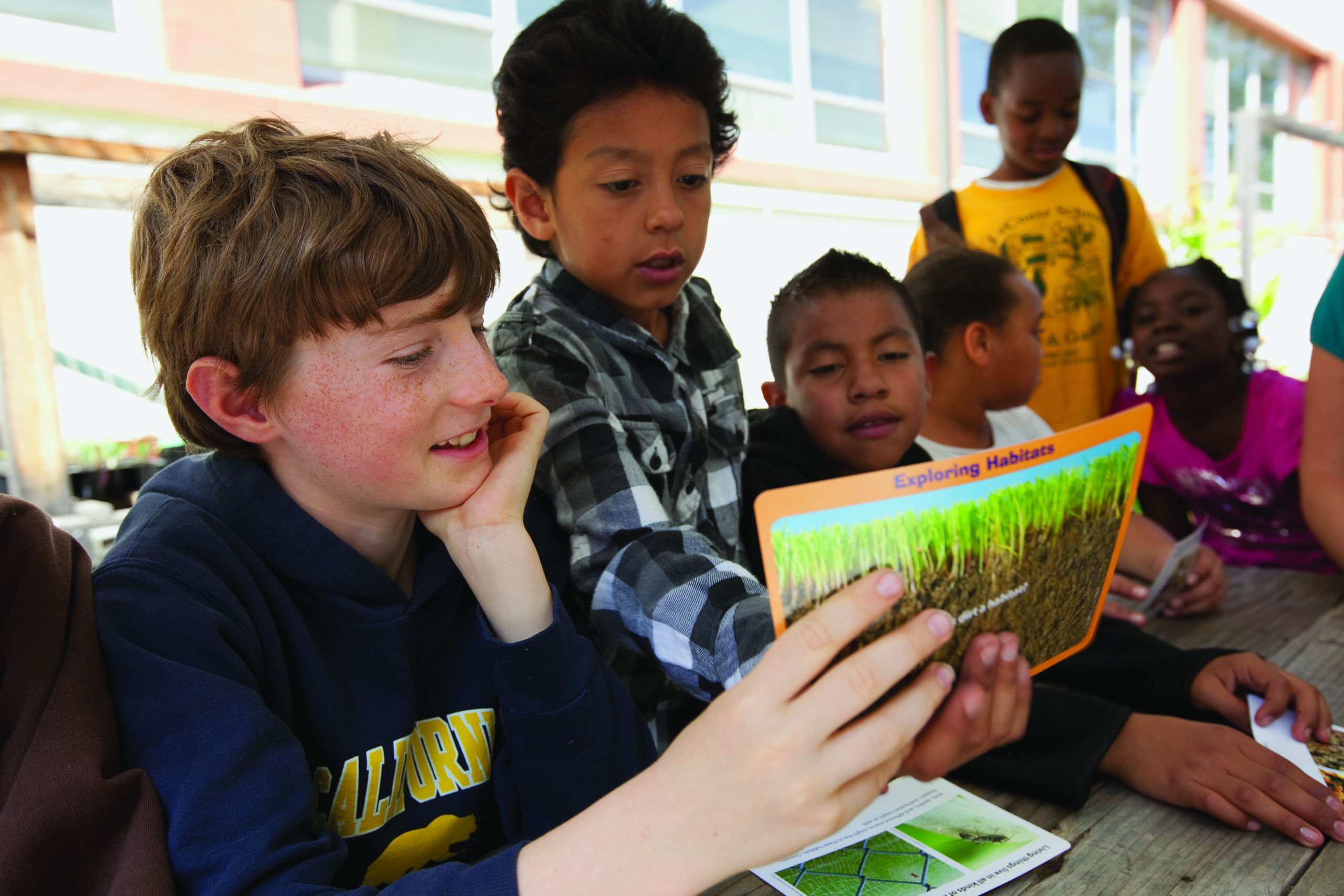The sweeping changes from Texas House Bill 3 (HB3) have significant implications for all educators and districts across the state.
The law prioritizes early literacy and is intended to improve reading outcomes. HB3 requires teachers to attend reading academies and train on the science of teaching reading. In addition, school boards are required to adopt and monitor early childhood literacy and ensure “the use of a systematic phonics continuum.”

It would be hard to overstate what a great opportunity this is for Texas students. Good literacy instruction begins and ends with utilizing best practices in teaching strategy and access to evidence-based curriculum. The science of reading is firmly based on research conducted over decades.1 With increased emphasis on systematic phonics instruction and a focus on the decoding and sight words—important skills for growth and competence in reading—educators have a real opportunity to build strong readers across the state.
“There is no question that instruction in decoding leads to better readers. To develop as readers, students need instruction in the foundational skills to decode text and comprehension skills to make meaning of text,” said Emily Hanford, senior education correspondent at American Public Media.2
As author and literacy expert Louisa Moats, EdD said in a recent conversation with Collaborative Classroom, “We consolidated the research on what it takes to teach children to read way back in the early 1990s, and yet today a majority of teachers still haven’t been given the knowledge or instruction to effectively teach children to read.”3 Now that Texas educators have the opportunity to engage deeply with research-based literacy instruction, there is a new urgency to deliver powerful, accelerative, and effective resources to support this new learning.
In my own work as a K–8 reading interventionist in Texas, I found that my students needed to learn how to lift words up off the page in order to move on to the more complex tasks of language comprehension.
I grappled with how to best meet my diverse students at their point of need, and how to then assess and manage their growth. I was given many different resources, some better than others, but none were exactly what I felt was needed to quickly improve the accuracy and fluency of my students.
Because many of the students I served in Tier III intervention struggled with foundational skills, my instructional focus remained mainly on the word recognition strand of Scarborough’s Rope (Phonological Awareness, Decoding, and Sight Recognition). With such a high intensity of need – especially evident in my 4–8 students – I knew that I must employ an explicit, systematic approach, with a tight scope and sequence.
My district, Keller ISD in Keller, Texas, adopted SIPPS to support classroom efforts. SIPPS provided a structured literacy approach to foundational skills instruction through explicit instructional routines focused on phonological awareness, spelling-sounds, and sight words, with immediate application to reading connected text and to spelling.
Although learning to navigate new resources does take time and preparation, I found that the lessons in SIPPS were clear and easy to follow. Everything I needed was at my fingertips. With its predictable components and appropriate pacing, the SIPPS program allowed my students to see that this work was valuable and they became very engaged. They were learning how to decode independently to be able to successfully access text, and soon became enthusiastic readers.
In addition, SIPPS had the systematic scope and sequence that I had been trying to find, or create myself. Each SIPPS level corresponds to a specific stage of reading development—simple alphabetic, spelling pattern, and polysyllabic/morphemic—using an accelerative approach to support students who struggle with decoding.
HB3 gives Texas educators the opportunity to devote significant time and energy into literacy instruction, and also makes delivering a powerful and efficient resource to support this new learning a top priority. With accelerative foundational skills and phonics programs like SIPPS, I believe Texas can absolutely deliver on this opportunity and improve early literacy outcomes for its students.
“SIPPS has something that I’m always looking for in programs: The authors understand phonology and the distinguishing features of classes of phonemes, which is so important because certain speech sounds can be easily confused with other speech sounds, and the instruction needs to teach children how to distinguish these sounds without overloading them with too much information,” said Dr. Moats. 4
Texas House Bill 3 requires districts to implement phonics resources that:
- Introduce new concepts in a purposeful sequence, through structured lessons that move from simple to more complex
- Introduce phonics concepts directly through demonstration and use of clear language in scripted lessons
- Include explanation, modeling, and guided practice, with opportunities to practice new learning with immediate feedback
- Occur in whole group, small group, or individual instructional settings
- Utilize diagnostic assessments and progress monitoring data to inform instruction
1 (See “The Settled Science of Teaching Reading”)
2 Hanford, E. (2018). “Hard words: Why aren’t kids being taught to read?” APM Reports. Retrieved from https://www.apmreports.org/story/2018/09/10/hard-words-why-american-kids-arent-being-taught-to-read?
3 https://www.collaborativeclassroom.org/blog/a-conversation-about-the-science-of-reading-with-dr-louisa-moats/
4 https://www.collaborativeclassroom.org/blog/a-conversation-about-the-science-of-reading-with-dr-louisa-moats/
